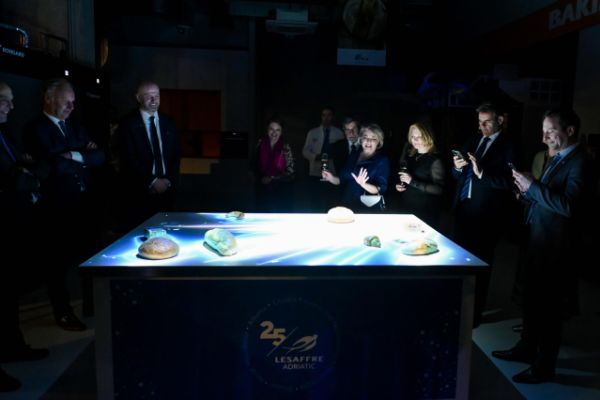Holography is a photographic technique that records light scattered from an object, and then presents it in a way that appears three-dimensional. The technique to create holograms was invented by the Hungarian physicist Dennis Gabor in 1947, and it was developed over the next two decades before it gained mainstream recognition.
The concept of holography relies on the properties of laser light, which is coherent and monochromatic. Gabor discovered that by using laser light, it was possible to capture not just the intensity of light waves, but also their phase. This was a significant breakthrough because, in traditional photography, only the intensity of light can be captured, which limits the level of detail and depth that can be represented in the final image.
Gabor called his invention "holography," from the Greek words "holos" (whole) and "graphy" (writing). However, it wasn't until the invention of the laser in 1960 that holography became a practical technology.
The first practical hologram was created in 1962 by Yuri Denisyuk, a Russian scientist. Denisyuk used a pulsed ruby laser to create a hologram of a small object, and he demonstrated the hologram to his colleagues at the Soviet Academy of Sciences. The hologram was a simple image of a toy train, but it marked the beginning of a new era in imaging technology.
Over the next few decades, holography was further developed and refined. In 1971, Hungarian-British physicist Stephen Benton invented the white-light transmission hologram, which made it possible to create holograms using ordinary white light. This made holography more accessible to artists and researchers, and it led to a boom in holographic art and research.
Today, holography is used in a wide range of applications, including security, art, entertainment, and medicine. Holographic images are used on credit cards, passports, and other documents to prevent counterfeiting. Holographic displays are used in museums, theme parks, and other entertainment venues to create realistic 3D images. And holography is used in medical imaging to create detailed 3D models of the human body.
Overall, holography has had a profound impact on imaging technology, and it continues to be an important area of research and development. The invention of the hologram by Dennis Gabor in 1947, and its subsequent development by scientists like Yuri Denisyuk and Stephen Benton, has opened up new possibilities in imaging technology and changed the way we see the world.










